Defence
Tasmanians work together and push each other to exceed expectations.
Our defence partners look to us for products and services that are routinely the best on the market. We learnt our quiet mastery in the sea, designing and building for the harshest water in the world, and we are being increasingly recognised for what we can do in the land, the air, and the digital space.
Maritime capabilities
Tasmania offers capability in leading-edge research, education, simulation, training and vessel manufacture and sustainment.
Tasmania has five well established major shipyards that design, manufacture and fit-out a range of vessels from small watercraft through to catamarans.
The Tasmanian Maritime Defence Industry Precinct north of Hobart is a hub for major shipyards, manufacturing and maritime companies.
Boat builders across the state build specialised watercraft such as small harbour patrol boats, fast response vessels and transport craft, coastal landing craft, harbour maintenance craft, rigid hull inflatable boats (RHIBs) and other small ships for use in inshore areas.
Tasmanian companies provide excellence in the construction of vessels in aluminium, steel, stainless steel, high-density polyethylene (HDPE) and composites for a wide range of markets and industries including the ferry and tourism markets, special service providers, oil and gas, aquaculture, the Antarctic sector, maritime security and defence.
We produce a range of highly specialised products and services that contribute to vessel design, manufacture, operations and safety – for both commercial and military markets.
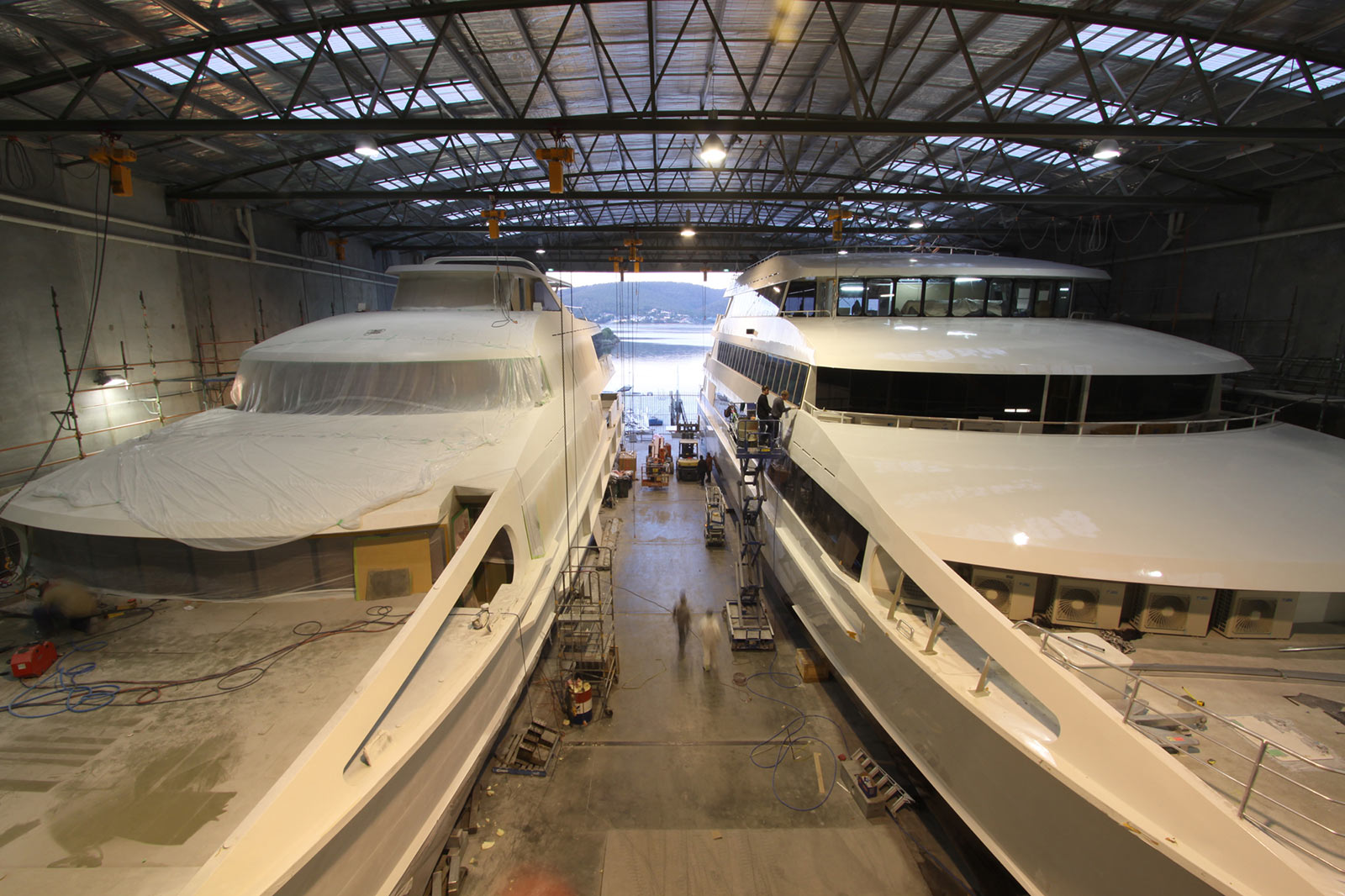
Land
Tasmanians manufacture specialised vehicles and we are renowned for our ability to deliver innovative, low-volume, high-quality and high-value products across mining, defence and construction sectors.
Tasmanian industry is well positioned to provide the solutions required to deliver cutting edge land protection and defence mobility services through the provision of functional design and agile manufacturing into an adaptable and reliable supply chain.
Tasmanian specialised vehicles solutions include those designed and manufactured for:
- Improvised Explosive Devise (IED) search and response
- Explosive Ordnance Disposal (EOD) activities
- personnel transport
- forward operational command posts
- crime scene investigation
- ambulance and patient support
- buses and heavy mining support vehicles.
Headquartered in Tasmania is one of Australia’s largest and most successful heavy vehicle manufacturers, boasting a globally competitive supply chain.
Other Tasmanian companies support the sector, producing componentry and whole-of-capability solutions to domestic and international customers that include defence and national security organisations, as well as commercial clients that demand the same high-quality solutions.
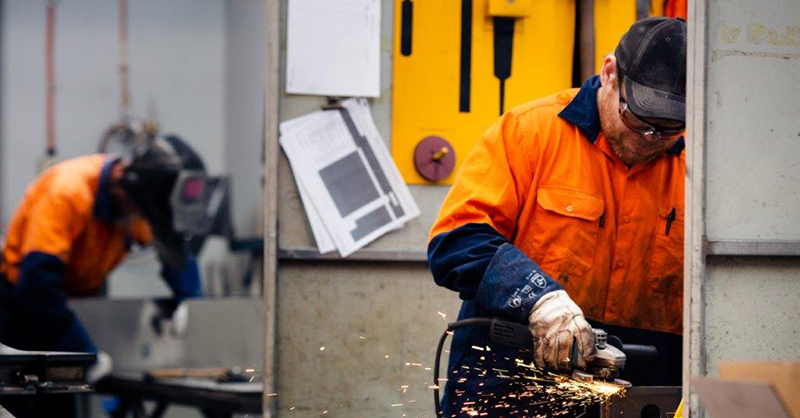
Aerospace
Tasmania’s aerospace capability covers partners and customers from local airports to the Australian Department of Defence and the United States Airforce.
These Tasmanian companies include:
- a leader in engine powertrain systems for unmanned aerial vehicles
- a developer of a fully automated, post-crash emergency buoyancy system for helicopter survivability after a crash or ditch in water
- a cybersecurity and smart software specialist deploying smart infrastructure and providing cyber resilience, artificial intelligence, Internet of Things, secure access security, operations and facilities management.
Other Tasmanian companies provide engineering design, manufacturing, fabrication and safety equipment capabilities.

Technology and support services
A number of Tasmanian companies have developed niche capabilities that meet the needs of defence and national security domains. These pockets of excellence are being sought after by military operators in Australia and worldwide.
This includes world leading developments in small piston engine fuel injection systems that now power the small unmanned aerial vehicles (UAVs) of a number of the world’s leading UAV manufacturers.
Others have developed advanced post-accident helicopter flotation systems, intelligent sensor and control systems, smart software, leading simulation technologies, metal fabrication and welding capabilities, innovative and safe hazardous material storage solutions, and autonomous systems.
Tasmania has proven capabilities in sensor technologies, big data capture, cybersecurity, aerospace, communications in both marine and land-based environments, and can deliver the solutions required.
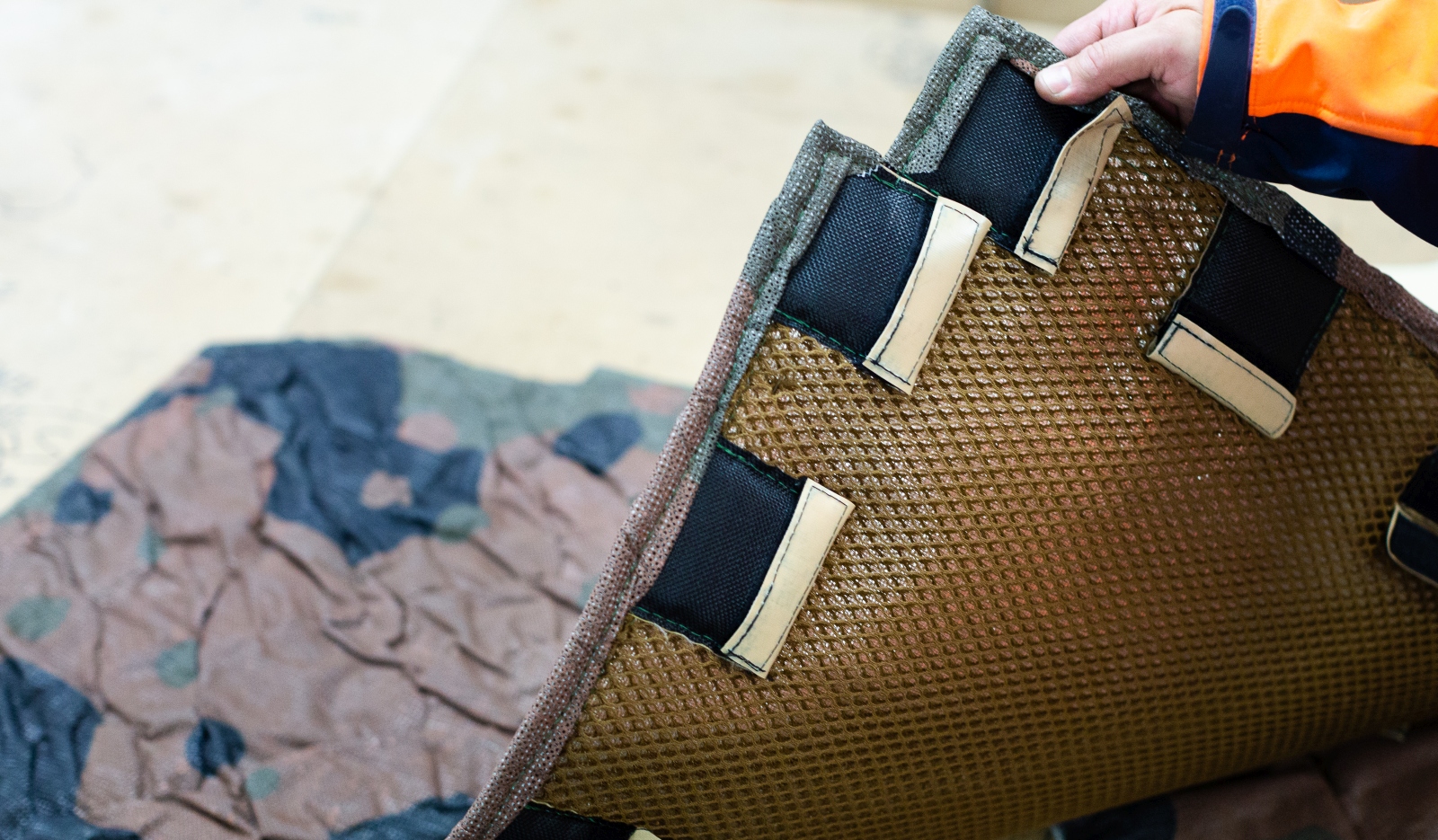
Research
Tasmania is home to a range of institutions and centres of excellence that provide specialist maritime domain support to defence forces and their industry supply chains through their unique and distinctive expertise and facilities.
The Australian Maritime College (AMC) within the University of Tasmania is the national maritime institute specialising in Maritime Engineering and Hydrodynamics, Seafaring, and the Operations and Management of Ports and Shipping.
The AMC is a key partner of both the Australian Government’s Defence Science and Technology Group (Maritime Division) and the Naval Shipbuilding College.
The AMC has an extensive array of facilities including the Maritime Simulation Centre, the Emergency Response Centre, the Model Test Basin and Towing Tank, the Cavitation Research Laboratory, the Underwater Collision Research Laboratory, a High Performance Computing System, the Autonomous Maritime Systems Laboratory and a fleet of ships, watercraft and autonomous vessels.
These facilities and our specialist expertise provide the cornerstone of the University of Tasmania’s newly established Defence and Maritime Innovation and Design Precinct in the greater Launceston area. The precinct is the University of Tasmania’s portal for connecting industry with academia across its Defence Network, enabling productive collaboration in applied research and consultancy services focused on:
- supporting and assuring the design, operation, survivability, and supportability of surface vessels, submarines, autonomous vehicles, and maritime infrastructure
- the physical and cognitive ability, survivability, and health of human operators, in remote, isolated and hazardous maritime environments.
The Centre for Antarctic Remote and Maritime Medicine (CARMM) delivers operational medical services, training, and research for polar, maritime, space and other remote and extreme environments. CARMM is based at the Australian Antarctic Division, part of the Australian Government’s Department of Agriculture, Water and the Environment, and is a collaborative partnership between the Australian and Tasmanian governments and the University of Tasmania.
The Tasmanian Health Service’s Department of Hyperbaric and Space Medicine at the Royal Hobart Hospital is part of CARMM and houses the southern hemisphere’s only hyperbaric/hypobaric recompression chamber facility. The department also has specialist expertise in underwater medicine treatment and research.
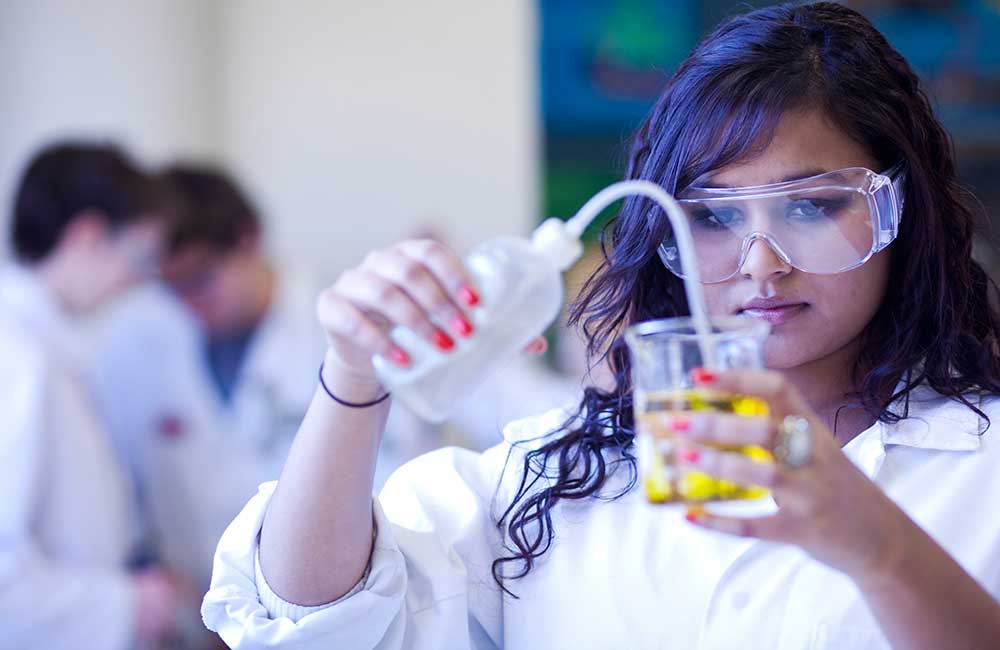
Food, nutrition and food science
Tasmania is well positioned to make a significant contribution to defence and national security organisations in the field of nutrition and food science, specifically when aligned to performance and rehabilitation.
The Defence Science and Technology Group’s facility provides advanced research capabilities. In addition, University of Tasmania’s Centre for Food Innovation is focused on innovative food and nutritional research with defence applications.
The centre is the home to the new Microwave Assisted Thermal Sterilisation (MATS) facility that will enable the development of new, high-quality, nutritional and long shelf-life food products and is a focal point for defence and industry collaboration.
Tasmanian companies provide high quality food services highly valuable to the defence sector. Notably, the provision of freeze dried foods used in the commercial sector by Tasmanian companies have application for the Australian Defence Force’s combat ration pack requirements.


